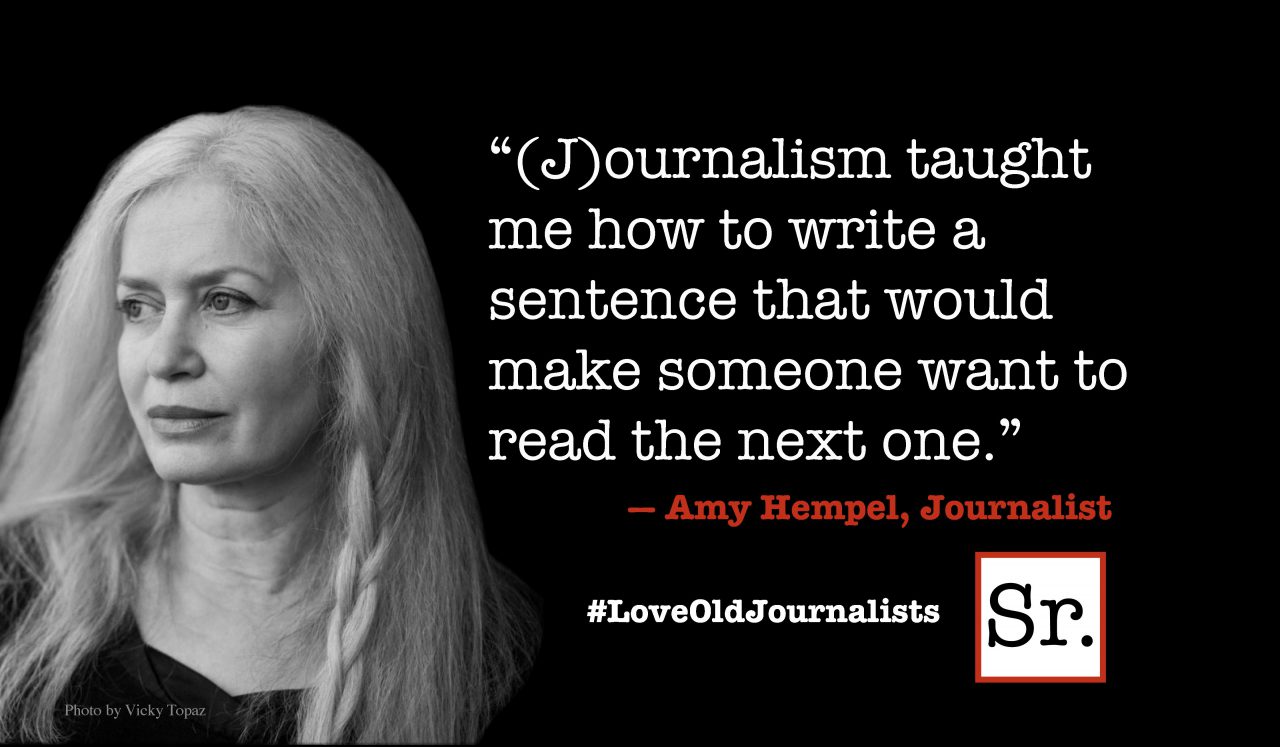A colleague recently shared about how much she appreciates the grade school her son attends. Among other things, she values the quality, dedication and creativity of the teachers and school administration. Intrigued and encouraged by her comments, we asked for examples.
She described a recent parent-teacher conference she attended for her eighth grade son. Her son set the agenda, prepared a set of topics for discussion and conducted the meeting. In addition to evaluating his own performance, he set his own learning goals and reported on his progress against those goals during the course of the meeting.
Stepping away from the traditional approach, this enlightened teacher gave the student more responsibility, demonstrated her belief in him and made him more accountable for his own learning. Turning the student onto self-management at such an early age should give him a real edge as a young adult. We speculated that he would also "learn to learn" under this model, rather than just learning to pass the test.
The days when we quit learning because we have graduated from high school, college or tech school are long gone. We are all lifelong students. We have to learn so many things just to be able to function in today's high-tech world. We must learn everything from checking ourselves out at the grocery store, to reconciling our bank statements online, to downloading books, to recording our favorite shows to watch later. And, we all know that's just the short list.
I have taken to keeping a list not only of the things I need to do, but the things I need to learn. This list of things I need to learn often requires that I also identify the best way to learn each item. I sometimes need a coach, teacher or specialist to help me learn particular skills or skill sets. Sometimes I can teach myself.
It helps if I can maintain a healthy attitude about learning. Rather than telling myself that I am dumb because I don't know how to do something, I just get on with my learning plan and find a way to enjoy learning a new skill. It helps to keep in mind what learning something will allow me to do or be.
Today's revved up workplace demands that employees are engaged in continuous learning. The workplace curriculum is not as well defined as school curriculum. Workplace curriculum can be of a technical nature, or it can be focused on what is commonly referred to as "soft skills." "Soft skills" covers a diverse range of skill sets needed to collaborate with others, lead and inspire others, and manage processes and tasks. For many, the "soft skills" are harder to master than the technical skills.
One thing is certain; it helps to fall in love with learning all over again. We need to be good students and good teachers to help others learn what we know. In the workplace, we refer to this as "the learning organization." This is an organization designed to help employees learn and grow more competent and confident to perform their jobs.
Work
Continue Learning
©istock.com/Rawpixel








